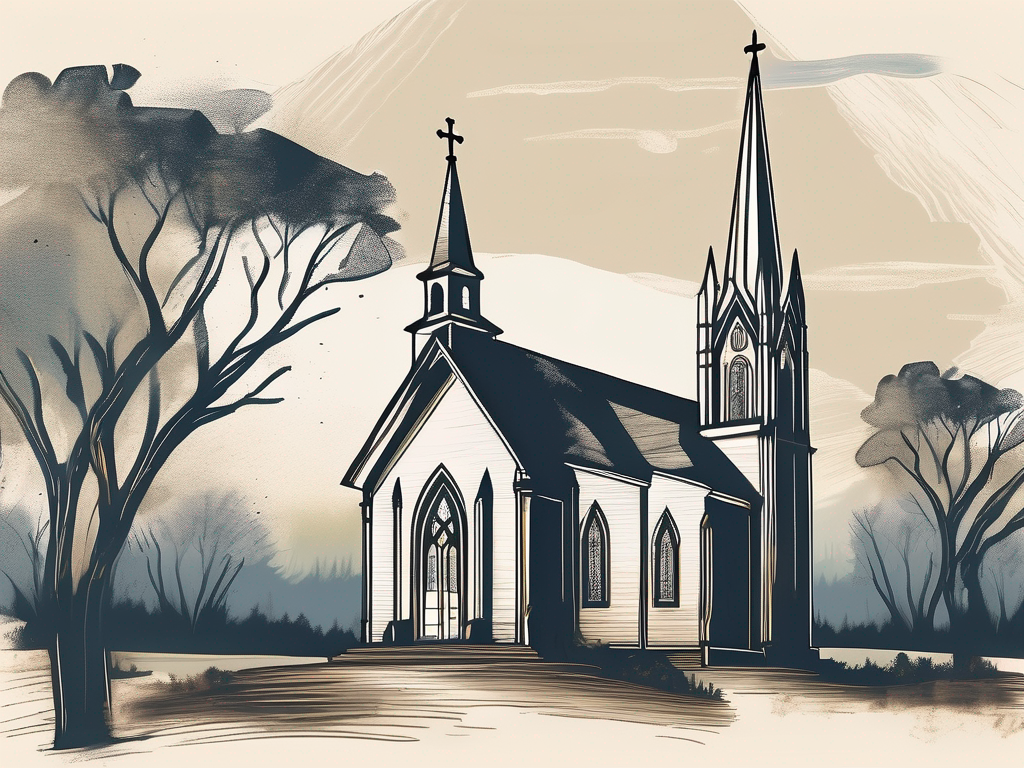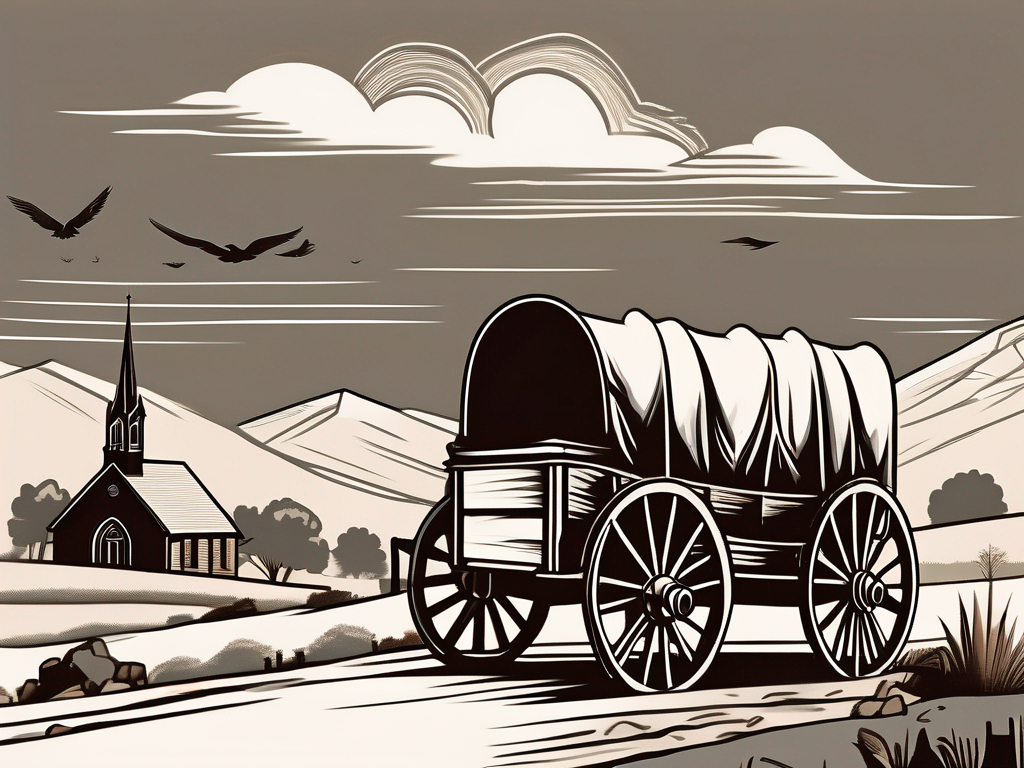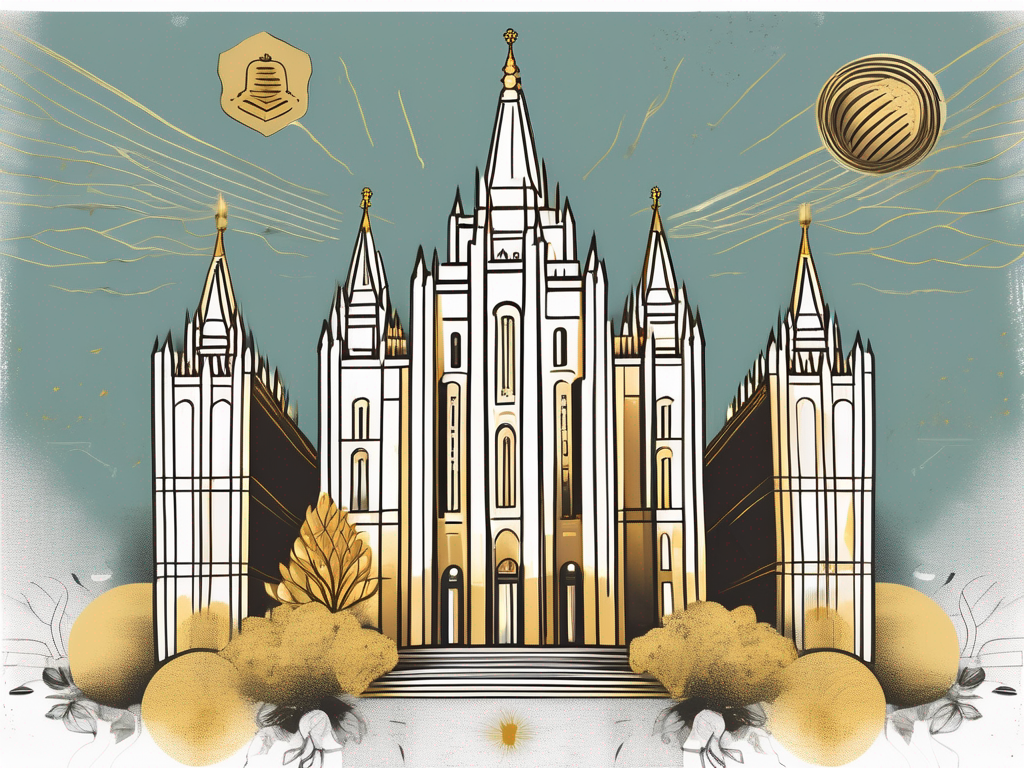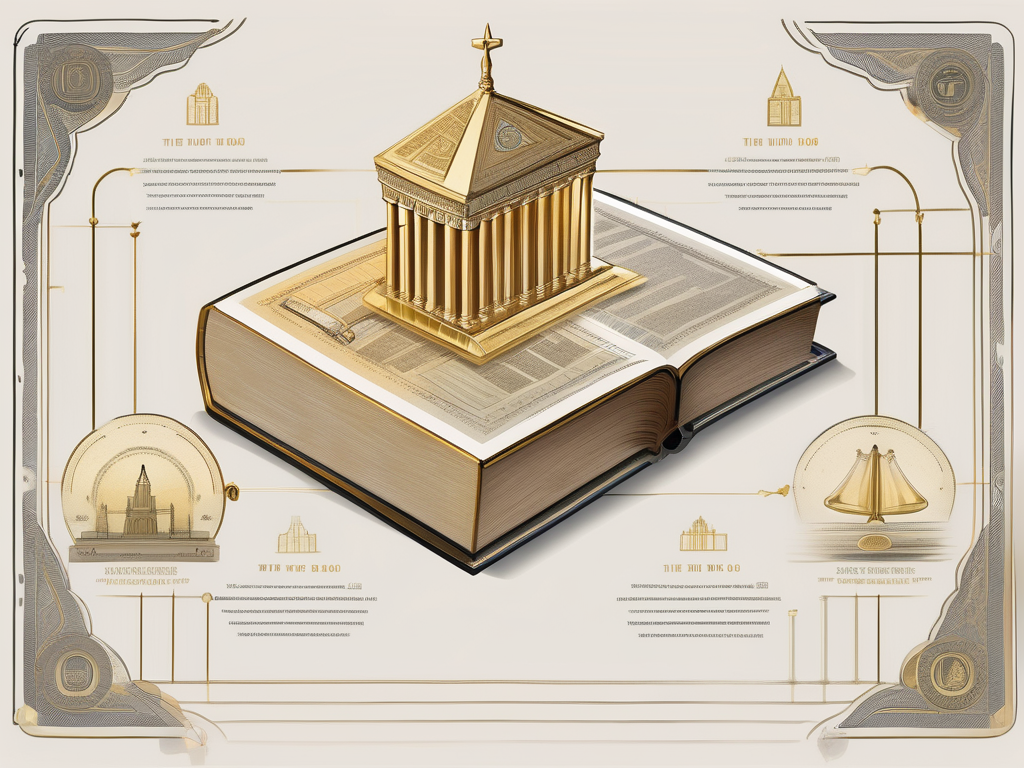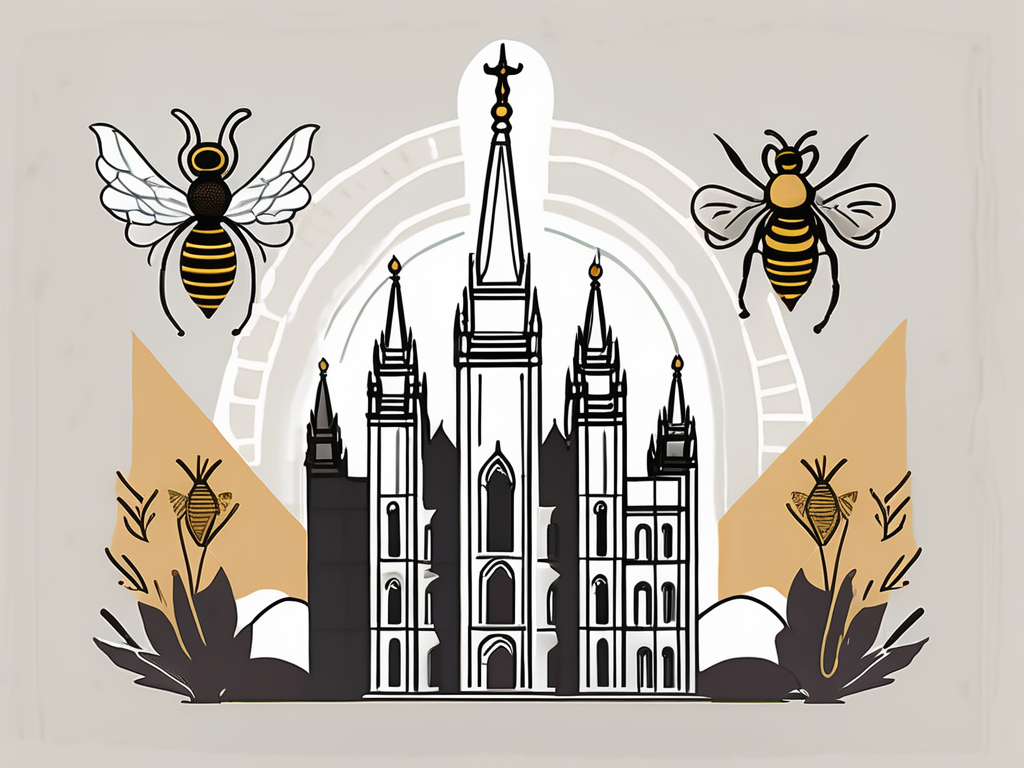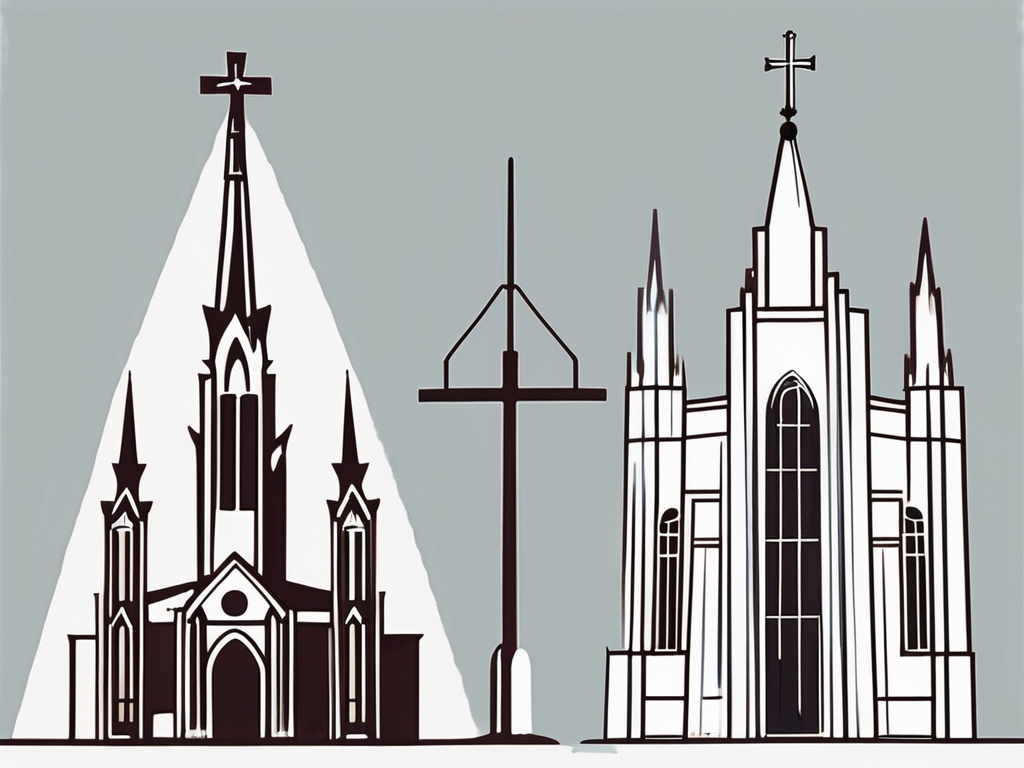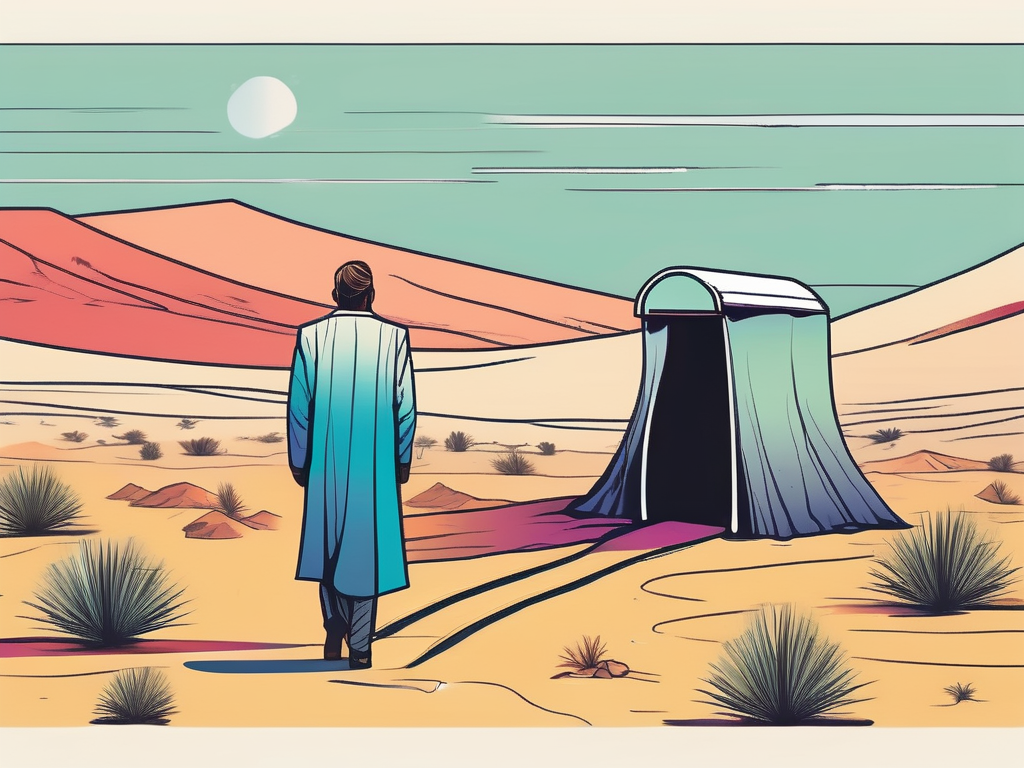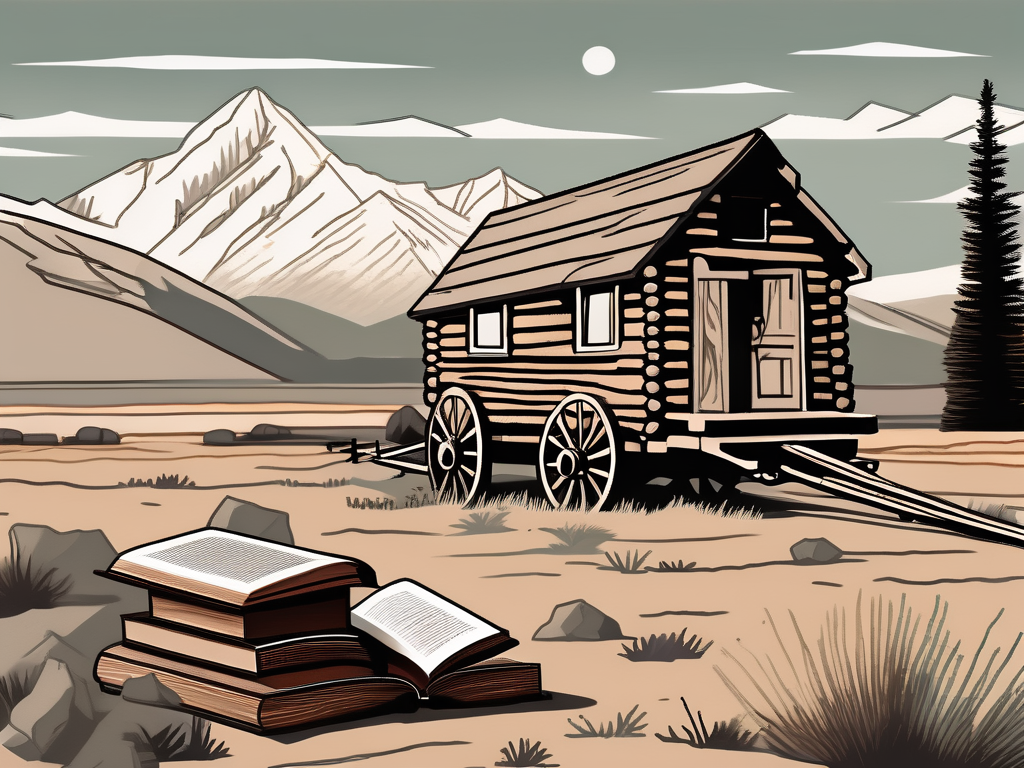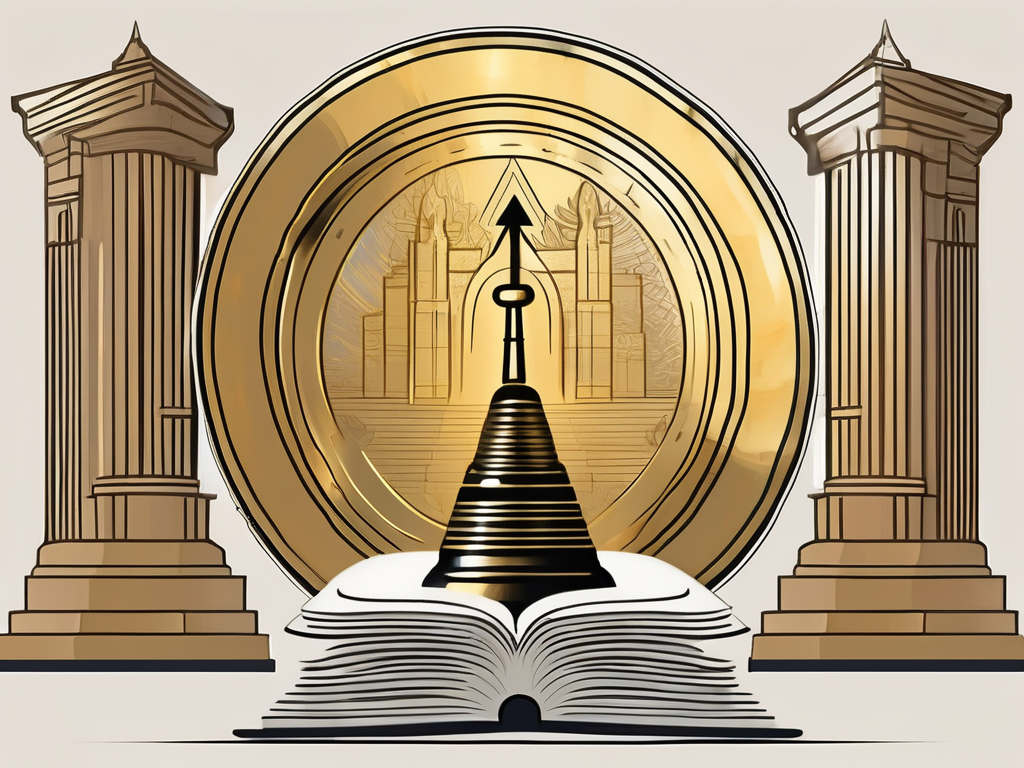In this article, we’ll explore the fascinating origins of the Mormon religion and the journey it has taken over the years. From the birth of Mormonism to the evolution of the Mormon Church, we’ll delve into the key beliefs, practices, and the history of this unique faith.
The Birth of Mormonism
At the heart of Mormonism lies the story of Joseph Smith, a young farm boy from upstate New York. Born in 1805, Smith would grow up to become the founder of the Mormon religion. His life would be marked by divine visions, prophetic revelations, and the translation of ancient scriptures.
Joseph Smith’s upbringing in upstate New York was filled with religious fervor and a search for spiritual truth. In a region known for its religious revival movements, Smith was exposed to various Christian denominations and their differing interpretations of scripture. This exposure would later play a significant role in his religious journey.
The Role of Joseph Smith
A key figure in the early days of Mormonism, Joseph Smith claimed to have been chosen by God to restore the true gospel and establish the Church of Jesus Christ in modern times. He believed that the Christian faith had strayed from its original teachings and that a new dispensation was necessary.
Smith’s conviction in his divine calling was unwavering, despite facing numerous challenges and opposition from those who doubted his claims. His charisma and ability to inspire others played a crucial role in the growth of the Mormon movement.
The First Vision and the Golden Plates
In 1820, at the age of 14, Joseph Smith said he had a life-altering experience known as the First Vision. During this vision, he claimed to have been visited by God the Father and Jesus Christ, who told him not to join any existing religious denomination.
This profound encounter with the divine left a lasting impact on Smith and became a foundational event in the development of Mormonism. It fueled his determination to seek further revelations and guidance from God.
Later, in 1827, Smith said he was led by an angel named Moroni to a hill in upstate New York, where he found a set of golden plates buried there. These plates, which were said to contain an ancient record of Native American peoples, would become the basis for the Book of Mormon.
The translation of the golden plates was a monumental task that required Smith’s unwavering dedication and divine assistance. With the aid of special seer stones, he meticulously translated the ancient text, revealing a narrative of ancient prophets and their interactions with God.
Establishment of the Church of Christ
On April 6, 1830, Joseph Smith formally organized the Church of Christ, which would later become known as the Church of Jesus Christ of Latter-day Saints, or the Mormon Church. This marked the birth of a new religious movement that would have a profound impact on American history.
The establishment of the Church of Christ brought together a community of believers who shared Smith’s vision of restoring the true gospel. The early members faced persecution and hardships as they sought to live according to their newfound faith.
Under Smith’s leadership, the church grew rapidly, attracting followers from various backgrounds. The teachings of Mormonism offered a unique perspective on Christianity, emphasizing the importance of personal revelation, the eternal nature of families, and the potential for divine exaltation.
As the church expanded, it faced increasing opposition from those who viewed Mormonism as a threat to established religious and social norms. This hostility culminated in the forced migration of the Mormons to the western United States, where they would establish their own thriving communities.
The birth of Mormonism through the efforts of Joseph Smith marked a significant chapter in religious history. The enduring legacy of his teachings continues to shape the lives of millions of believers around the world, making Mormonism one of the fastest-growing religions in the modern era.
Key Beliefs and Practices of Early Mormonism
Central to the Mormon faith are the sacred texts, including the Book of Mormon, the Doctrine and Covenants, and the Pearl of Great Price. These scriptures, considered by Mormons to be additional revelations from God, supplement the Bible and provide guidance for the church and its members.
Early Mormonism was founded by Joseph Smith in the early 19th century. Smith claimed to have received divine revelations and was directed by God to restore the true church of Jesus Christ on earth. The Mormon faith quickly gained followers, and its teachings and practices continue to shape the lives of millions of people today.
The Book of Mormon
The Book of Mormon is a religious record that Joseph Smith claimed to have translated from the golden plates. It tells the story of ancient inhabitants of the Americas and contains teachings on faith, repentance, and the gospel of Jesus Christ.
According to the Book of Mormon, the ancient inhabitants of the Americas were descendants of a group of Israelites who left Jerusalem around 600 BC. These people, known as the Nephites and the Lamanites, established civilizations in the Americas and had interactions with Jesus Christ after his resurrection.
The Book of Mormon contains stories of prophets, wars, and spiritual teachings. It emphasizes the importance of faith in Jesus Christ, the need for repentance, and the blessings that come from following God’s commandments. It is considered by Mormons to be a companion to the Bible and a testament of Jesus Christ’s ministry in the Americas.
The Doctrine and Covenants
The Doctrine and Covenants is a collection of modern-day revelations and teachings given to Joseph Smith and subsequent prophets. It covers a wide range of topics, including church organization, principles of faith, and guidelines for moral living.
One of the key revelations in the Doctrine and Covenants is the organization of the Church of Jesus Christ of Latter-day Saints. According to the text, Jesus Christ appeared to Joseph Smith and instructed him to establish a church with specific priesthood authority and organizational structure. This revelation laid the foundation for the hierarchical structure of the Mormon Church, with prophets, apostles, and other leaders holding priesthood keys and guiding the church’s affairs.
The Doctrine and Covenants also contains revelations on various doctrinal topics, such as the nature of God, the plan of salvation, and the role of the Holy Ghost. It provides guidance for individuals and the church as a whole, offering insights into how to live a righteous and fulfilling life.
The Pearl of Great Price
The Pearl of Great Price is another collection of writings considered to be scripture by Mormons. It includes the books of Moses and Abraham, as well as Joseph Smith’s translation of the Egyptian papyri known as the Book of Abraham.
The Book of Moses, found in the Pearl of Great Price, contains an expanded account of the creation and early history of the world. It provides additional details about the events described in the book of Genesis and offers insights into the nature of God’s plan for His children.
The Book of Abraham, also found in the Pearl of Great Price, is Joseph Smith’s translation of ancient Egyptian papyri that he obtained in the 1830s. According to Smith, the papyri contained the writings of the biblical figure Abraham. The Book of Abraham contains teachings on the pre-mortal existence, the purpose of life on earth, and the eternal nature of families.
Overall, the sacred texts of early Mormonism, including the Book of Mormon, the Doctrine and Covenants, and the Pearl of Great Price, provide a comprehensive framework for understanding Mormon beliefs and practices. These scriptures continue to be studied and revered by Mormons worldwide, serving as a source of inspiration and guidance in their spiritual journey.
The Mormon Migration and Settlement in Utah
The early years of Mormonism were marked by persecution and a search for a place where they could practice their faith freely. This led to a westward migration and the eventual settlement in the Utah Territory under the leadership of Brigham Young.
Persecution and the Move Westward
As news of the growing Mormon movement spread, opposition and persecution followed. From mob violence to legal discrimination, Mormons faced numerous hardships in their quest for religious freedom. Many were driven from their homes, their properties destroyed, and their lives threatened. Despite these challenges, the Mormons remained steadfast in their beliefs and determined to find a place where they could worship without fear.
The decision to move westward was not an easy one. It required leaving behind familiar surroundings, friends, and family. However, the Mormons believed that their faith and community were more important than any physical possessions. They were willing to make sacrifices in order to find a place where they could live according to their religious beliefs.
The journey westward was a daunting task. Families packed their belongings into wagons and set off on a treacherous and uncertain journey. They faced harsh weather conditions, dangerous river crossings, and the constant threat of attacks from hostile groups. Despite these challenges, their determination and faith propelled them forward.
Brigham Young and the Pioneer Era
After the death of Joseph Smith, Brigham Young emerged as the leader of the Mormon Church. Known for his strong leadership and organizational skills, Young played a pivotal role in guiding the Mormons to their new home in the West.
Under Young’s guidance, thousands of Mormons made the arduous trek across the country. They followed a route known as the Mormon Pioneer Trail, which stretched over 1,300 miles from Illinois to Utah. This journey took months to complete and required immense physical and mental strength.
Along the way, the Mormons faced numerous challenges. They had to navigate treacherous terrain, including steep mountain passes and barren deserts. Food and water were often scarce, and many suffered from illness and exhaustion. Despite these hardships, the Mormons pressed on, driven by their unwavering faith and the hope of finding a place where they could build a new life.
Building a Mormon Homeland
Upon reaching the Salt Lake Valley in 1847, the Mormons began establishing a new home. The land they encountered was vast and untamed, with little infrastructure or resources. However, this did not deter them.
Through hard work and determination, the Mormons transformed the once barren land into a thriving community. They built irrigation systems to bring water to their fields, allowing them to cultivate crops and sustain themselves. They constructed homes, schools, and places of worship, creating a strong foundation for their growing society.
The Mormons’ commitment to their faith played a crucial role in the development of Utah. They established a system of governance based on their religious beliefs, creating a unique society that valued community, cooperation, and self-sufficiency. Their dedication to education led to the founding of Brigham Young University, which continues to be a prestigious institution today.
Over the years, the Mormon settlement in Utah grew and prospered. The Mormons’ industriousness and strong sense of community allowed them to overcome the challenges of living in a remote and isolated region. Today, their legacy can be seen in the vibrant cities, thriving industries, and rich cultural heritage of Utah.
The Evolution of the Mormon Church
Over the years, the Mormon Church has experienced significant changes in its doctrines and practices. From the controversial practice of polygamy to the reorganization of the church and modern-day developments, the religion continues to evolve.
Polygamy and its Abandonment
One of the most infamous aspects of early Mormonism was the practice of polygamy, which involved the marriage of one man to multiple wives. This practice, while once an integral part of the faith, was officially abandoned by the church in 1890.
The Reorganization and the Community of Christ
Following the death of Joseph Smith, the Mormon Church underwent a period of reorganization and schism. Some members chose to follow new leaders, resulting in the formation of alternative branches of the faith. One such branch is the Community of Christ, which emphasizes social justice and peace.
Modern Developments and Changes
In recent years, the Mormon Church has continued to adapt and change in response to societal shifts and new challenges. It has sought to strengthen its global presence, embrace diversity, and address controversial issues, such as LGBTQ+ rights and racial equality.
In Conclusion
The Mormon religion began with the visions and revelations of Joseph Smith, leading to the establishment of a unique faith that has had a profound impact on American history and culture. From its birth in upstate New York to its migration to Utah and its evolution over time, the Mormon Church has navigated through trials and changes while remaining steadfast in its core beliefs. Today, it continues to grow and adapt, reflecting the belief that revelation has not ceased and that God’s guidance is ongoing.
